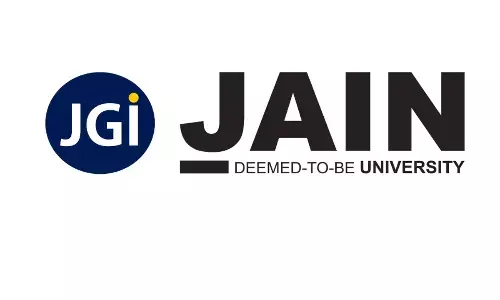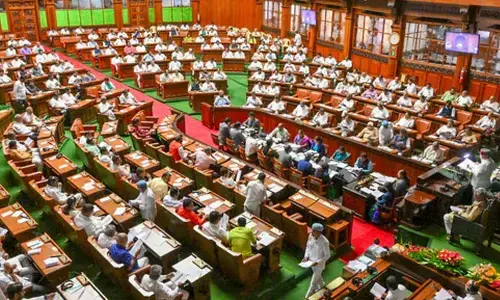Athletes with shoulder instability can now return to sports

Turns out, athletes with shoulder instability can now get back to their respective sports
Arthroscopic shoulder stabilisation may offer the best outcomes.
Washington: Turns out, athletes with shoulder instability can now get back to their respective sports.
Young athletes with shoulder instability are considered to be a high-risk group of patients following arthroscopic shoulder stabilization, given the high recurrence rates and lower rates of return to sport.
Frank A. Cordasco from the Hospital for Special Surgery in New York City led the research, in which patients between the ages of 14 and 20 who were treated with arthroscopic anterior stabilisation performed in the beach chair position by a single surgeon were presented. The primary outcomes were the rates of revision surgery and return to sport at a minimum follow-up of 2 years.
67 athletes were included in the study with 19 females and 48 males, with an average age of 17. There was a low rate of revision surgery of 6 percent and 82 percent of the athletes returned to sports after an average of 7 months after surgery.
"Our study highlights the importance for young athletes with shoulder instability, undergoing a thorough preoperative evaluation to determine the number of instability events and to obtain appropriate advanced imaging when a significant bone loss is suspected," said Cordasco.
"Each pre-operative instability episode can result in greater degrees of bone loss, which results in higher failure rates following arthroscopic shoulder stabilisation.
This pre-operative approach can determine the best procedure to select from the menu of operations we use to manage shoulder instability," he added.
Cordasco continued, "This menu includes arthroscopic stabilisation, open stabilisation and bone augmentation such as the Latarjet reconstruction. Providing the young athlete with the appropriate selection from the menu will to lead to the best outcomes in this high-risk group and will allow them to predictably and reproducibly get back in the game."
42 of the 67 (63 percent) athletes in this study were indicated for surgery after their first dislocation and only a few had more than two instability episodes.
"We found a gender-specific difference in that all of the six recurrences occurred in males. This study demonstrates that when the high-risk young athlete with fewer episodes of pre-operative instability is treated with an arthroscopic stabilisation, the revision surgery rate is low and the return to sport rate is high.
Arthroscopic shoulder stabilisation may offer the best outcomes in this group when it is performed after the first dislocation. Additional research needs to be performed to continue to improve the outcomes for this challenging group of young, active high-risk athletes," Cordasco noted.
The study appears in the American Journal of Sports Medicine.

















